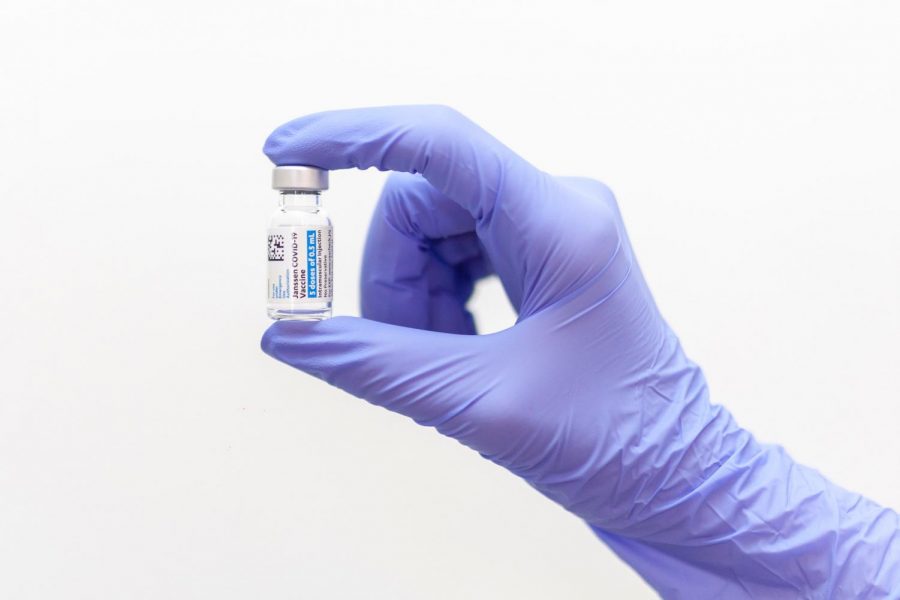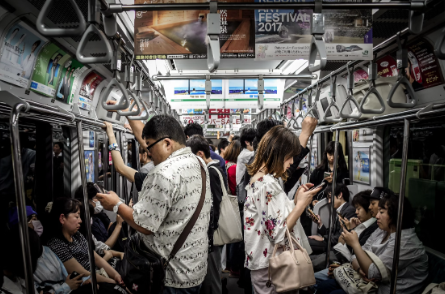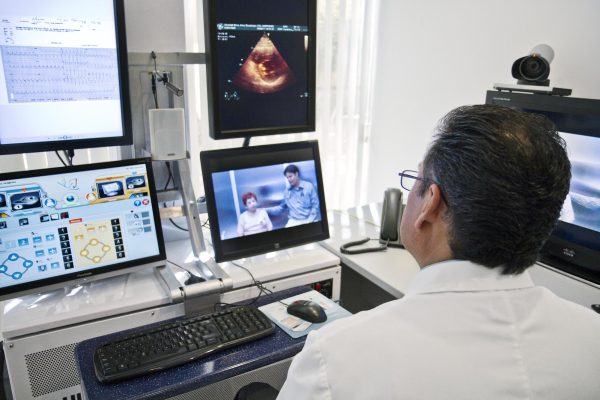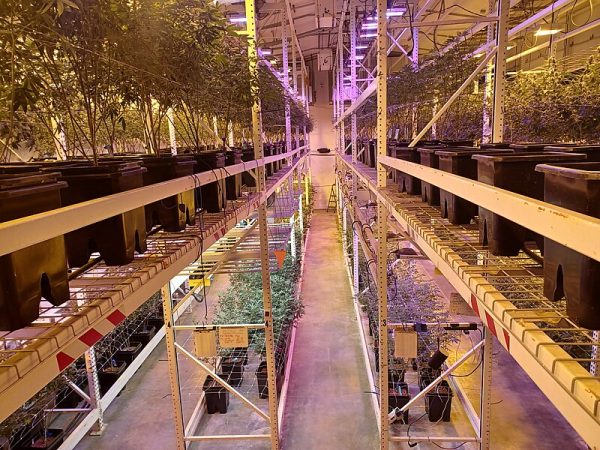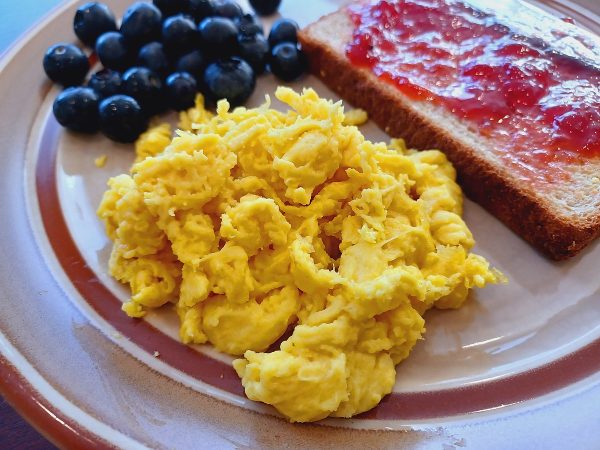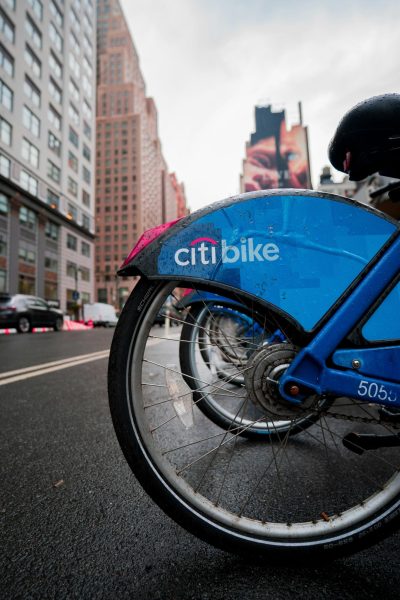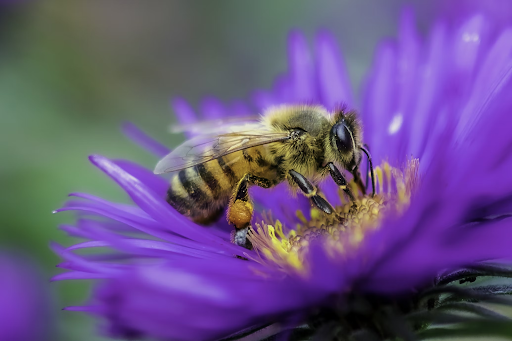The Johnson & Johnson Vaccine: What You Need to Know
An analysis of the benefits and side effects of the Johnson and Johnson COVID-19 vaccine.
Mohammad Shahhosseini / UnSplash
Here is a vial containing five doses of the Johnson & Johnson vaccine.
On February 27th, 2021, the Food and Drug Administration issued an Emergency Use Authorization for the Johnson & Johnson/Janssen COVID-19 vaccine. Despite the prevalence of the other authorized vaccinations, what differentiates the J&J vaccine from the Pfizer/Moderna is that it only requires one dose to take effect.
This provides many benefits versus the vaccines that were authorized earlier this year, but they all provide the same main benefit — to reduce the chance that one will have a case of COVID-19 with severe side effects or requiring hospitalization.
Benefits
The main benefit of the J&J vaccine versus Pfizer and Moderna is that it is a one-dose series, allowing it to be completed with one shot, while the other vaccines need a second shot either 21 or 28 days after the initial shot.
The J&J vaccine is also less temperature-sensitive, only requiring regular refrigeration temperatures, versus the ultra-low (-112°F) temperatures needed for the Pfizer vaccine, and freezer temperatures for the Moderna vaccine. Many countries do not have the sufficient cold chain logistics needed to transport the Pfizer vaccine at stable temperatures, often needing specialist equipment to do so. This was true for the United States, until recently. Now, the United States has upgraded the cold chain logistics in order to allow for the vaccine to be transported in a stable and effective manner.
These two benefits allow for easier transport of the vaccine on the road. This benefits the elderly and disabled, permitting the vaccine to come to them, instead of them having to go to a designated vaccination site. This age group is most likely to be unable to travel to a vaccine site, and may often need the administration of the vaccine in a more accessible location.
Side effects
There are, however, some downsides to the J&J vaccine compared to its competition.
When compared to the other vaccines available, statistically the J&J vaccine does not guarantee that there will not be a chance for you to have a serious case of COVID-19. In the clinical trials, the J&J vaccine was about 66% effective with moderate COVID-19 cases, and 85% effective with serious COVID-19 cases. This in comparison to Moderna’s 94.1% and Pfizer’s 95%.
Another downside is the lack of available appointments for the J&J vaccine. Due to its easier storage requirements and the need for only one dose, there is a high demand but an insufficient amount of vaccines available, since it is being prioritized for the elderly and disabled, as well as homebound patients. Until recently, this could also be said for the other vaccines. Now, however, anyone above the age of 16 in New York can quickly secure a vaccine appointment in New York State and City.
Keep in mind there is a very small chance to have blood clotting from this vaccine. As of publication, there is no official cause of these blood clots. The current demographics of the people that suffered from this side effect is mostly female, from ages 18 to 48.
J&J is likely to be unable to fulfill its demand, especially with the recent issues surrounding the Emergent plant in Baltimore. J&J was banking heavily on the Emergent plant to produce the majority of their doses for the Americas there, but cannot because of the plant’s safety lapses, many J&J vaccine doses had to be discarded. Current J&J doses are reliant on the plant in the Netherlands, but the allocation from the plant is low due to it serving all countries.
The main benefit of the J&J vaccine versus Pfizer and Moderna is that it is a one-dose series, allowing it to be completed with one shot, while the other vaccines need a second shot either 21 or 28 days after the initial shot.
Andrew Zhang is a Staff Reporter for 'The Science Survey.' Andrew finds that journalistic writing is important in today's society, as it is plagued with...

